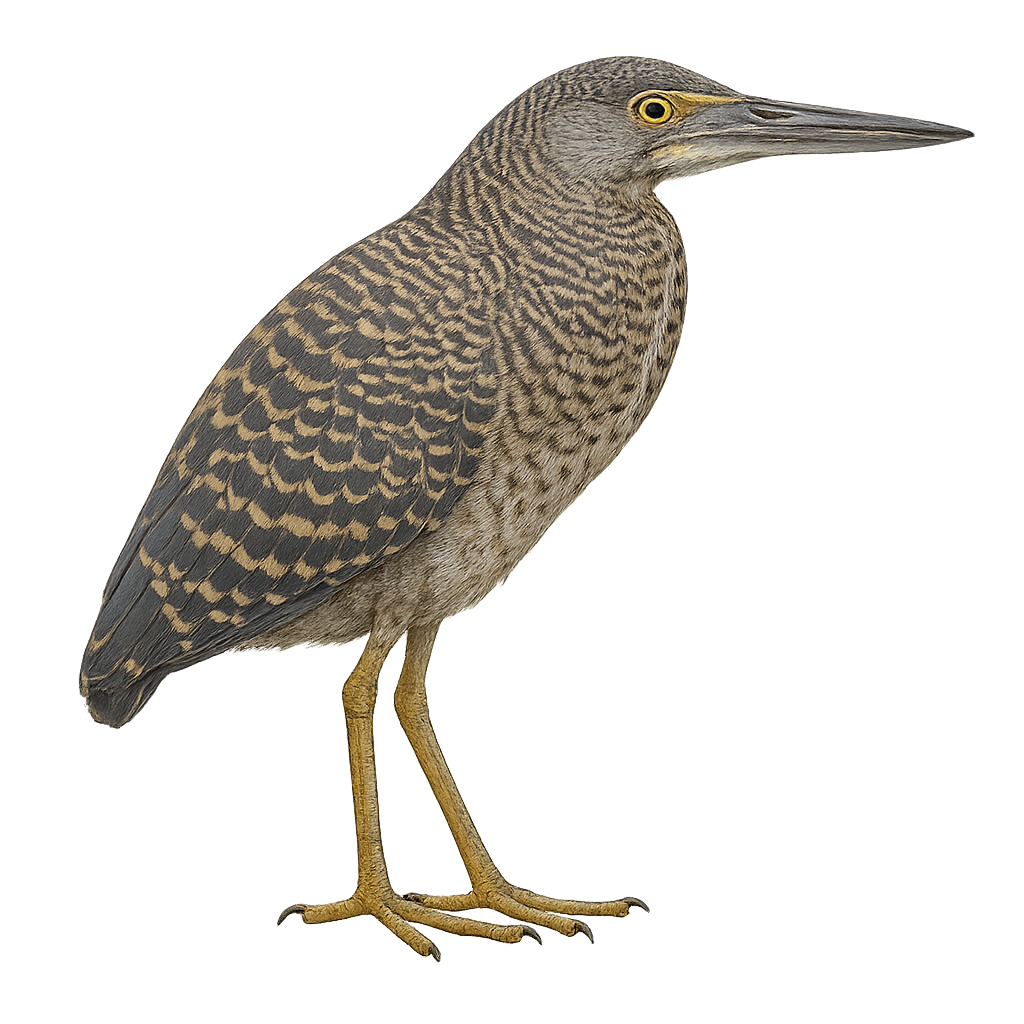Your wildlife photography guide.
Explore the forest bittern in detail, study its behavior, prepare your shots.
Where to observe and photograph the forest bittern in the wild
Learn where and when to spot the forest bittern in the wild, how to identify the species based on distinctive features, and what natural environments it inhabits. The WildlifePhotographer app offers tailored photography tips that reflect the forest bittern’s behavior, helping you capture better wildlife images. Explore the full species profile for key information including description, habitat, active periods, and approach techniques.
Forest Bittern
Scientific name: Zonerodius heliosylus

IUCN Status: Near Threatened
Family: ARDEIDAE
Group: Birds
Sensitivity to human approach: Suspicious
Minimum approach distance: 10 m
Courtship display: January to February
Incubation: 24-26 jours
Hatchings: January to March
Habitat:
Tropical forests, marshes, rivers
Activity period :
Active at dawn and dusk, ideal moments for observation.
Identification and description:
The Zonerodius heliosylus, commonly known as the Forest Bittern, is a rare and elusive bird primarily found in the tropical forests of New Guinea. This medium-sized heron features dark brown plumage with streaked patterns, allowing it to blend seamlessly into its wooded surroundings. It is often solitary and feeds mainly on small fish, aquatic insects, and crustaceans. Its ability to remain motionless for extended periods makes it an effective predator. Although little studied, it is known for its shy nature and discreet behavior, making it difficult to observe. Its conservation is concerning due to increasing deforestation in its natural habitat.
Recommended lens:
400mm – adjust based on distance, desired framing (portrait or habitat), and approach conditions.
Photography tips:
To photograph the Forest Bittern, it is advisable to use a telephoto lens of at least 400mm to capture detailed images from a distance. Given its suspicious nature, approach slowly and discreetly to avoid startling it. The best times to observe it are early in the morning or late afternoon when the soft light highlights its plumage. Use a tripod to stabilize your camera and opt for a silent mode to avoid disturbing it.
The WildlifePhotographer App is coming soon!
Be the first to explore the best nature spots, track rutting seasons, log your observations, and observe more wildlife.
Already 1 432 wildlife lovers subscribed worldwide

